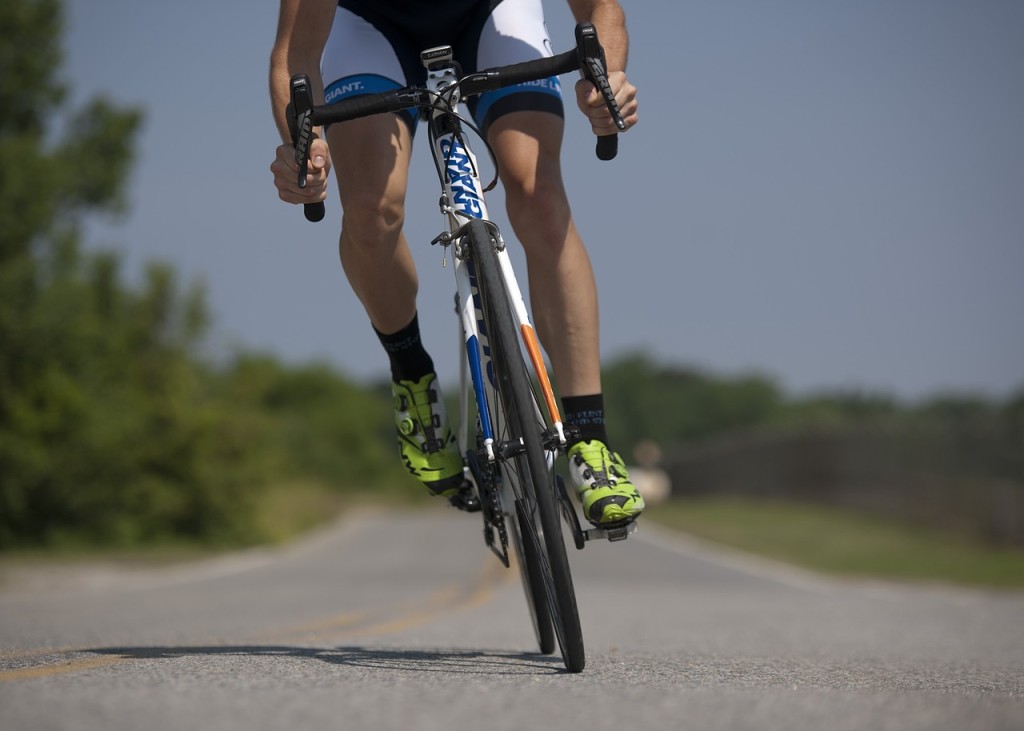Whether it feels like it or not, spring has sprung. The warm weather will be here before you know it and you’ll be able to retire the trainer until next winter and get outside and ride. Before that warm weather hits, you should give your bike a full tune-up. This can easily be done yourself and save you nearly the $80 price tag from a bike shop.
Much of the inspection is easy and shouldn’t take you more than an hour. Here are tips on what to do to make sure your bike will function well and safely throughout the entire season:
- Clean: Using a bike cleaner such as White Lightning Clean Ride, wipe down the entire frame and inspect the bike thoroughly for cracks, chips or other signs of wear and tear that could cause part failures or breakdowns. Clean the chain, chain rings, cassette, derailleurs, pedals, brakes, tires and rims as well. An old toothbrush works great for cleaning the chain.
- Chain: Apply good quality chain lube after cleaning.
- Seat post: Before you remove the seat, mark your seat height with a piece of tape, then wipe off any dirt and clean, lube and reposition the seat tube before putting the seat back on.
- Brakes: Check the brake pads. Release the brakes and look at the brake pads closely and make sure the pads are wearing evenly. If they are worn or rough, replace them. If there is a ridge in the pads, your brakes may need to be replaced. If the pads look okay, reconnect the cable and squeeze the brakes to make sure that the pads strike the rim at the same time. If not, you can adjust the brake arm tension screw (usually on one of the brake arms) so they are even.
- Tires: Clean the rims with a cloth and rubbing alcohol. Check the rim for pits or grooves in the sidewall. Spin the wheels to make sure they spin straight. If they are wobbly, you can make adjustments to the wheel with a spoke wrench. Check the thread of the tire for worn spots or unevenness. Replace the tires if necessary – getting a blowout is not something you’ll want to deal with while out riding.
- Drivetrain: Elevate the rear wheel and spin the pedals. This is where a stand comes in handy. Shift through all the rear gears – which should be smooth. If there are any skips try adjusting your rear derailleur. If this fails to correct the problem, examine your chain for wear. Did you know that you should replace your chain approximately every 1,000 miles? Sooner if you ride a lot of hills and later if you ride mostly flat roads and keep an even cadence of 90rpms. If your chain is worn it can also wear on your cogs and rings. Check the front chain rings for wear or missing teeth. Small chain rings wear out much faster than larger ones. Try shifting the derailleur in the front and adjust if needed. Once everything is adjusted, replaced or fixed, your bike should shift perfectly.
- Cables: If you ride all year round you should consult a repair shop to replace your brakes and/or derailleur housing once a year. If you keep your bike clean, you may be able to use the same housing for several years. Clean and fresh cables will also make shifting and braking smoother.
- Handle bar tape: New handlebar tape is an easy way to spruce up your ride!
So take your time and get your hands dirty a little to get that bike in shape for spring and summer riding. And don’t wait – you could have a minor issue that turns into a bigger and more expensive problem if you start riding without taking a look at your bike. See you on the roads!







